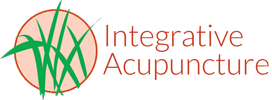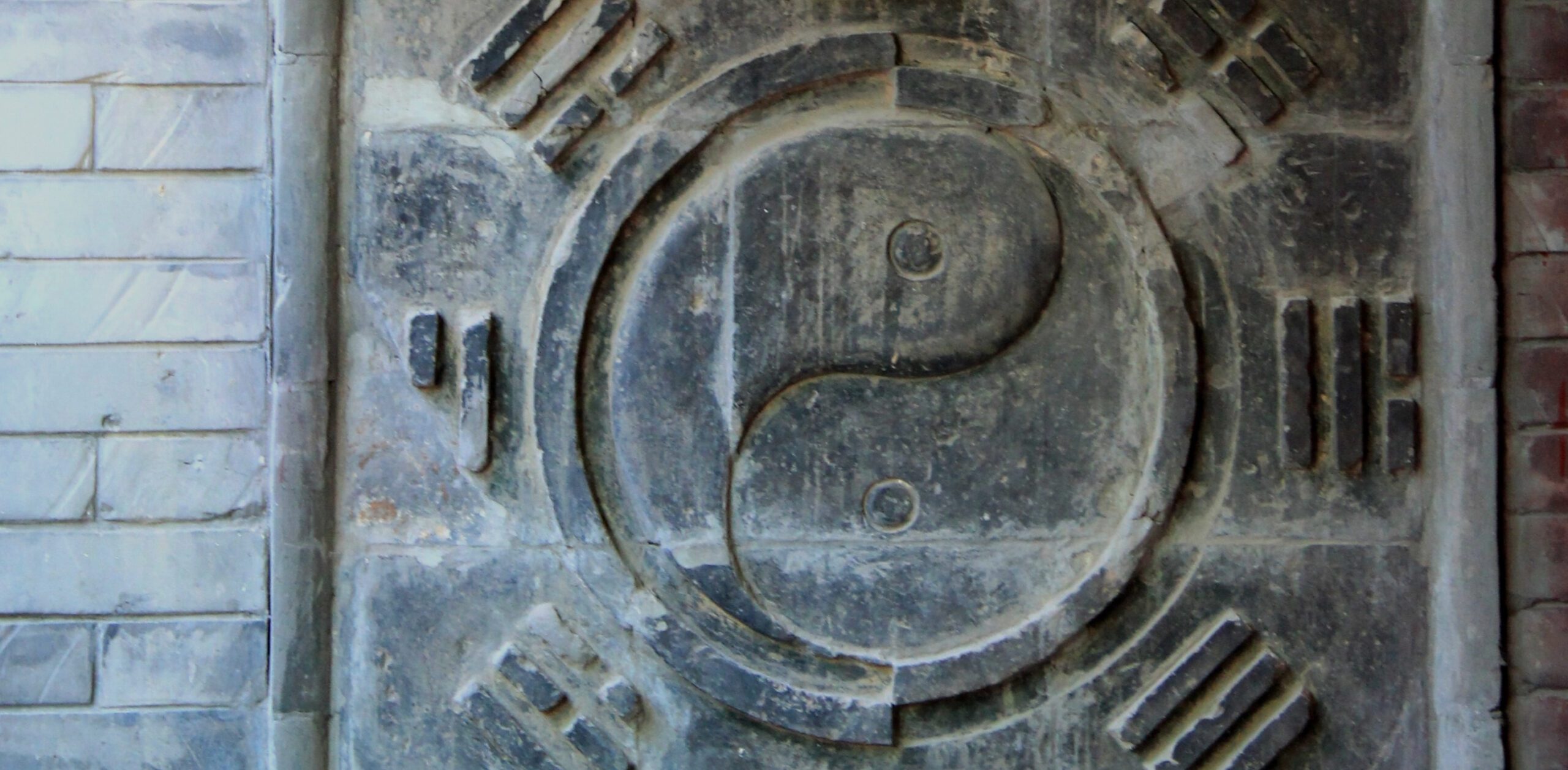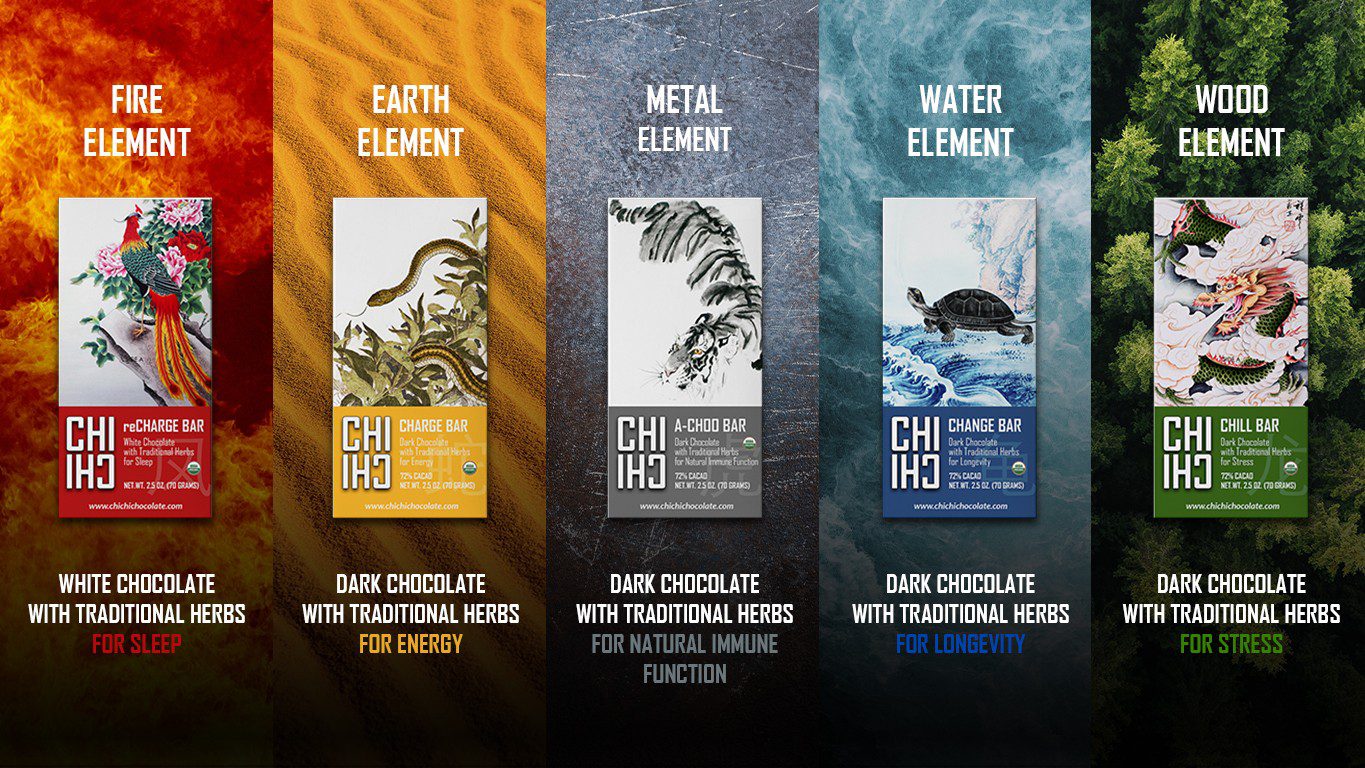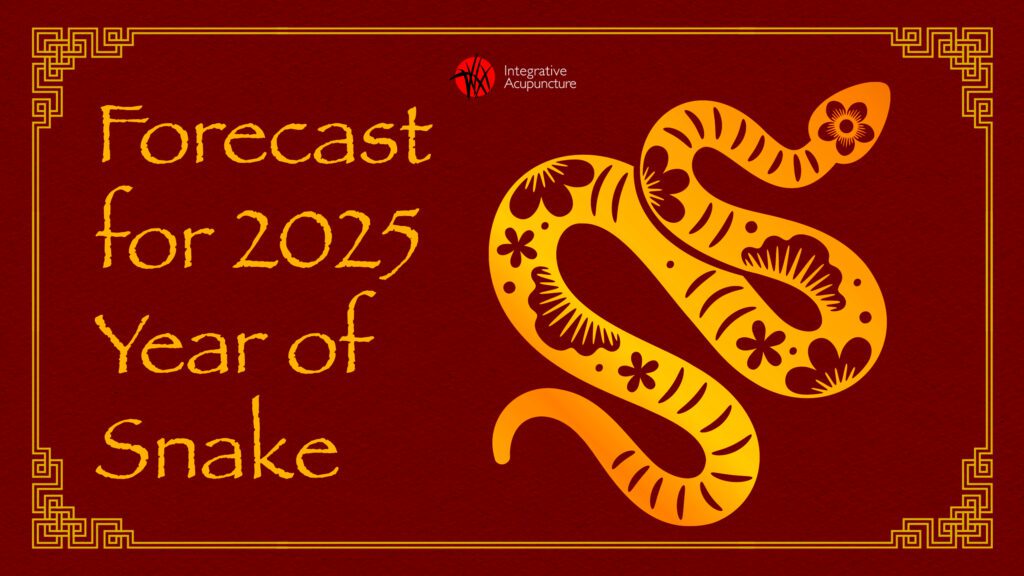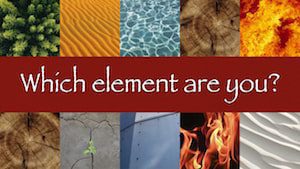In traditional Chinese medicine (TCM), the concept of Qi (氣, qì) lies at the heart of its entire worldview of health, disease, and healing. Qi is often translated (imperfectly) as “vital energy,” “life force,” or “vital breath.” But in TCM it is more subtle and multilayered: Qi is the animating substance or dynamic process underlying all physiological functions and linking the human body with the environment. To make sense of Qi, one must also understand the foundational principle of yin and yang, the dialectical balance on which the system rests.
Yin and Yang: The Duality Behind All Things
Yin (陰) and Yang (陽) are fundamental, interdependent, and complementary forces in Chinese philosophy and medicine. Nothing is purely yin or purely yang — every phenomenon is an interweaving of both, in dynamic balance. In the human body:
- Yin is associated with substance, cooling, nourishment, form, inwardness, rest, fluids, and structure.
- Yang is associated with function, warmth, activity, transformation, movement, and metabolism.

Health, according to TCM, depends on a harmonious balance and appropriate cycle of yin and yang—neither dominating nor deficient. If yin is deficient, yang may overact (heat, hyperactivity); if yang is weak, yin may predominate (coldness, stasis). Qi itself is understood to embody both yin and yang aspects: there is yin-qi and yang-qi; functional activities (yang) rest upon nourishing substance (yin). (PMC)
TCM practitioners will often diagnose illness in terms of yin deficiency, yang deficiency, yin excess, yang excess, or disharmonies in how yin and yang flow in particular organ systems (Zang-Fu). (Children’s Hospital at Montefiore)
With yin/yang as the backdrop, Qi becomes the active energy that must flow, transform, and be distributed properly through the body’s channels (meridians).
Qi: Traditional Meaning and Modern Interpretation
Traditional / Classical View
In TCM, Qi is a core substance that flows through the body’s channels (meridians, or Jing Luo) and supports all physiological, defensive, and regulatory functions. Disruption, deficiency, stagnation, or misdirection of Qi is considered a primary cause of disease. (Encyclopedia Britannica)
Qi is described in various ancient texts as a vapor, breath, or subtle force. The Chinese character combines the element for “steam/air” (气) with “rice” (米), evoking the image of steam rising from cooked rice, a metaphor for transformation and subtle substance. (Yo San University)
In bodily terms, Qi is usually divided and classified into many types based on function, origin, and location—which we’ll explore in depth. The smooth, balanced flow of Qi is essential; blockages or deficiency lead to symptoms like pain, fatigue, cold limbs, stagnation, or organ dysfunction.

Modern/Scientific Analogies — and Limits
Because Qi is not directly measurable by biomedical instruments, there is skepticism in scientific contexts. Some modern proponents draw analogies, for example:
- Qi as analogous to metabolic energy or cellular energy (e.g. ATP) in Western physiology — the energy currency that drives cellular processes. Indeed, one article from UCLA notes that a TCM practitioner compared Qi to ATP, though acknowledging that Qi cannot be measured in the same way. (UCLA Health)
- Qi as a metaphor or systems-level concept to describe emergent properties of networked biological function — circulation, homeostasis, autonomic regulation, etc., rather than a literal substance.
But caution is needed: Qi is a symbolic and conceptual tool that carries philosophical, metaphysical, and diagnostic meaning in TCM. It is not equivalent to any single physical quantity in modern biomedicine.

Historical Origins: When Did Qi First Appear?
The concept of Qi is ancient, evolving over centuries across philosophy, cosmology, and medicine:
- Earliest Mentions: The word qi is found in 4th-century BCE bamboo manuscripts (e.g. Guodian tomb texts) that predate later edited canonical works. (Lippincott Journals)
- In those texts, qi is not yet strictly medical, but appears in philosophical, divinatory, and cosmological contexts (emotions generate qi; external stimuli affect qi). (Lippincott Journals)
Over time, the concept merged into medical discourse. By the Han dynasty and onward, medical classics invoked qi as a central substance in the body.
Two foundational medical classics for TCM theory are:
- Huangdi Neijing (Yellow Emperor’s Inner Classic) — often dated to the Warring States / early Han period — which lays out many of the internal medicine, meridian, yin-yang, and Qi theories. (PMC)
- A later important text is Beiji Qianjin Yaofang by Sun Simiao (Tang dynasty), which includes discussion of disease of Qi and treatments. (Yo San University)
Thus, while its exact origins are prehistoric, the concept of Qi became integral to Chinese medical thought by at least two millennia ago. (PMC)
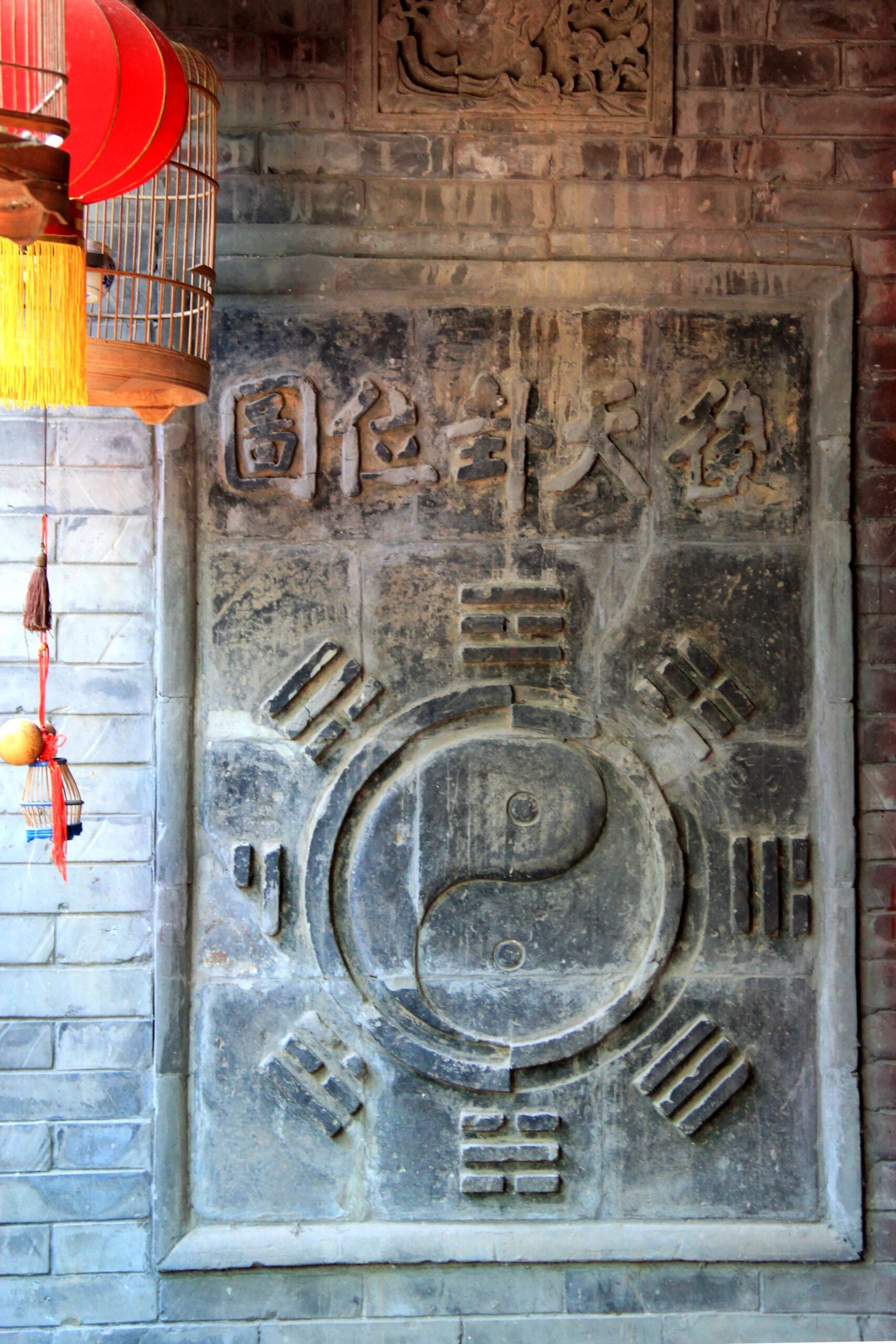
Types of Qi in Chinese Medicine
Classical and modern TCM categorize Qi into multiple types depending on origin, function, and location. Below is a helpful overview of some of the major categories (though in some traditions dozens of Qi types are named). (DVM360)
| Type | Chinese Name | Role / Function | Additional Notes |
| Yuan Qi (Original Qi, Primordial Qi) | 元氣 | This is inborn Qi, inherited from one’s parents. It is the basis or “root” of all other Qi in the body and resides in the Kidneys. | Yuan Qi cannot be fully replenished; it is conserved. (Wikipedia) |
| Gu Qi (Food Qi, Grain Qi) | 谷氣 | Derived from the digestion and transformation of food and drink, by the Spleen/Stomach system. | Gu Qi is an early stage in Qi’s production; it will be combined with air Qi to form Zong Qi. (Sin Kang TCM) |
| Zong Qi (Gathering / Ancestral Qi) | 宗氣 | Formed by combining Gu Qi and inhaled air Qi in the chest. It is connected with the Heart and Lungs and supports breathing, speech, and the circulation of Qi and Blood. | Zong Qi is sometimes called “gathering Qi” or “pectoral Qi.” (Sin Kang TCM) |
| Zhen Qi (True / Upright Qi) | 真氣 | The refined, active form of Qi which circulates through the meridians and nourishes all organs and tissues. | Zhen Qi subdivides into Ying Qi and Wei Qi. (Sin Kang TCM) |
| Ying Qi (Nutritive Qi) | 營氣 | A subtype of Zhen Qi that flows inside channels and blood vessels, closely related to Blood, and nourishes the organs. | It is more “interior” and subtle compared to Wei Qi. (Sin Kang TCM) |
| Wei Qi (Defensive Qi) | 衛氣 | The other subtype of Zhen Qi. It circulates outside the vessels, in skin and muscles, guarding against external pathogens (Wind, Cold, Damp), regulating sweat and body temperature. | It is coarser, more external, and acts like an immune barrier. (Sin Kang TCM) |
These six are among the most frequently discussed. Some classical sources even list over 30 types of Qi (e.g. cosmic Qi, ancestral Qi, etc.), though many of those are specialized or poetic categories. (DVM360)
Another important concept is Zheng Qi (正氣, “upright Qi”), which denotes the body’s overall defensive and healthy Qi — the collective strength of Wei Qi and Ying Qi working together. When Zheng Qi is strong, the body resists invasion by pathogens. When Zheng Qi is weak, illness or external invasion is more likely. (SCIRP)
Additionally, each organ system has its own Qi (e.g. Lung Qi, Spleen Qi, Kidney Qi) which relates to that organ’s function (respiration, digestion, reproduction), and these can be deficient or disharmonized in TCM diagnosis. (Acupuncture | Rochester, NY)
How Qi Operates and Why It Matters
In TCM theory, Qi has several basic functional roles in the body, often summarized in classical references:
- Transforming — Qi enables processes of transformation (e.g. digesting food, transforming fluids).
- Transporting — Qi moves substances (nutrients, fluids, blood) through the body.
- Holding / Containing — Qi keeps organs and substances in place (prevents prolapse, hemorrhage, leakage).
- Raising — Qi has an ascending or uplifting quality (e.g. raising organs, promoting speech).
- Protecting — Qi defends against external pathogenic factors (via Wei Qi).
- Warming — Qi provides the necessary warmth for physiological function. (Asante Academy of Chinese Medicine)
Thus Qi is not only an energy flow, but also a functional agent actively supporting and regulating all bodily systems.
When Qi becomes deficient, stagnant, rebellious (flows in the wrong direction), or blocked, symptoms arise: fatigue, weakness, bloating, pain, cold or heat sensations, weak immunity, organ dysfunction, and more. For instance, the condition “Qi deficiency” in TCM can manifest as tiredness, shortness of breath, poor appetite, spontaneous sweating. (Medical News Today)
TCM therapies (acupuncture, herbal formulas, moxibustion, qigong, diet) aim to regulate, tonify, disperse, or move Qi to restore balance and smooth flow across meridian networks. (Children’s Hospital at Montefiore)
Conclusion
Qi is a profound, multilayered concept at the heart of traditional Chinese medicine. It encapsulates the dynamic energy that animates, protects, transforms, and regulates all physiological processes. Within the framework of yin-yang balance, Qi must be properly generated, distributed, defended, and integrated.
Historically, the notion of Qi arose in early Chinese philosophy and gradually solidified into medical doctrine by the time of medical classics like the Huangdi Neijing. Over the centuries, theorists elaborated many subdivisions of Qi—Yuan Qi, Gu Qi, Zong Qi, Zhen Qi, Ying Qi, Wei Qi, Zheng Qi, plus organ-specific Qi profiles.
While modern science does not directly validate Qi as a physical substance, practitioners and scholars often use analogies (e.g. metabolic energy, system-level regulation) to bridge concepts. More importantly, Qi remains a powerful conceptual and diagnostic lens in TCM — guiding how practitioners perceive health, illness, and the art of restoring balance.
